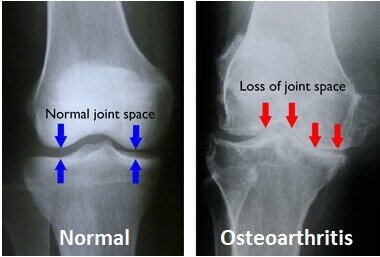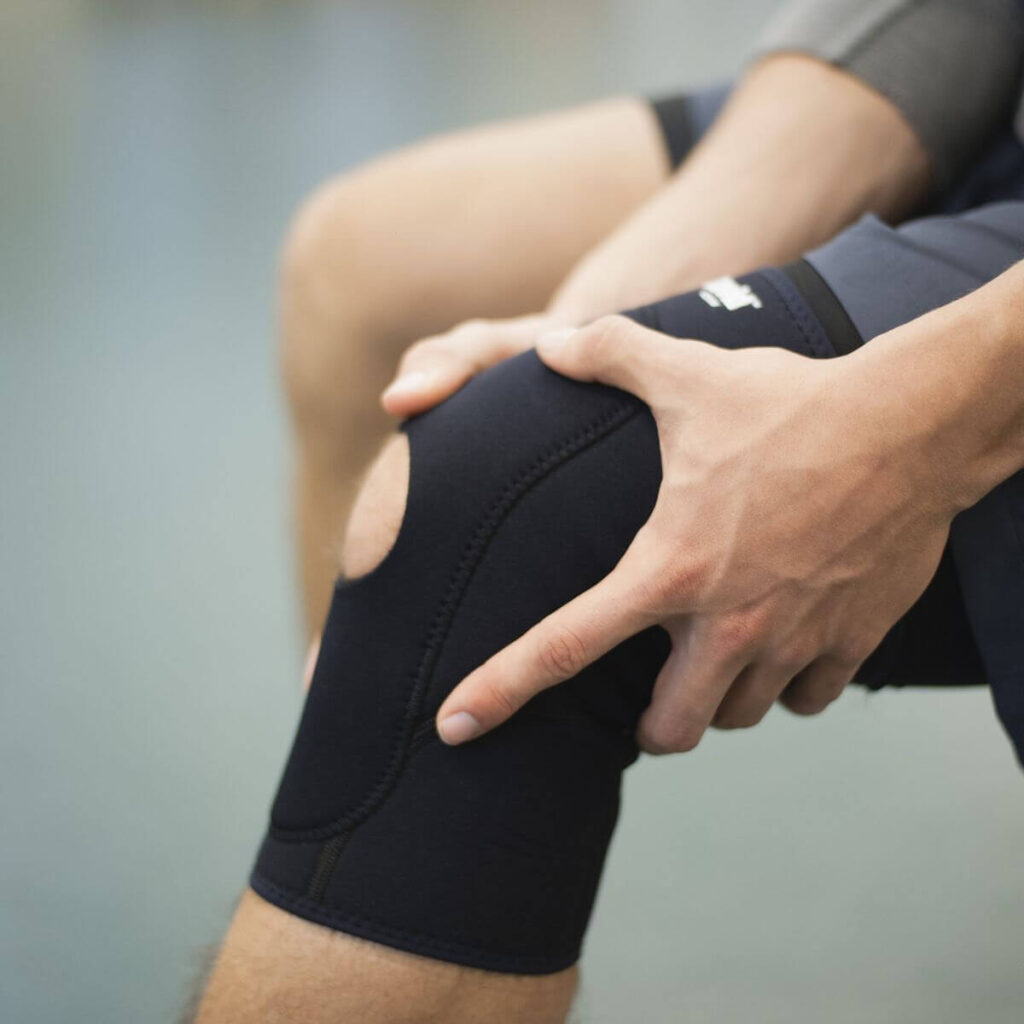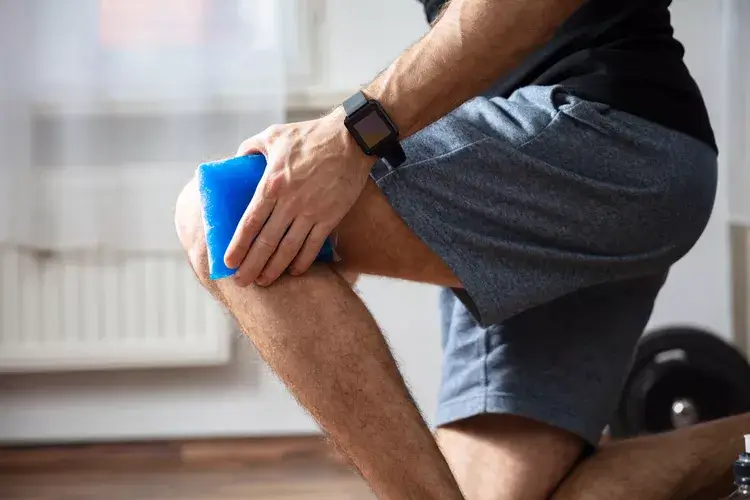Our knees, those remarkable hinge joints, play an essential role in our daily lives. They allow us to walk, run, jump, and perform various physical activities with grace and precision. However, the intricate structure of the knee joint also makes it susceptible to a wide range of injuries and ailments that can hinder our mobility and quality of life. In this comprehensive guide, we delve deep into the world of knee injuries, exploring the risks, causes, and most importantly, providing you with eight invaluable tips to help you safeguard your knees from harm.

Knee injuries can affect people of all ages, from athletes pushing their physical limits to individuals navigating the challenges of aging. Understanding the common risks and causes of these injuries is crucial for taking proactive measures to prevent them. Whether you’re a seasoned athlete, an avid fitness enthusiast, or simply someone who wants to maintain a healthy, active lifestyle, this article will equip you with the knowledge and strategies needed to protect your knees and minimize the risk of injury.
We’ll explore the intricate anatomy of the knee, shedding light on the crucial components that make it vulnerable to injury. We’ll also uncover the various factors that contribute to knee problems, ranging from overuse and sudden trauma to underlying medical conditions. Armed with this knowledge, you’ll be better prepared to make informed decisions and implement preventive measures in your daily routine.
The importance of knee health cannot be overstated. Whether you aspire to excel in your chosen sport, enjoy leisurely strolls, or simply wish to maintain your overall well-being, your knees are fundamental to achieving these goals. In the pages that follow, we’ll provide you with eight practical and actionable tips that can help you safeguard the integrity of your knees. From proper warm-up and stretching techniques to lifestyle adjustments and strengthening exercises, these tips offer a holistic approach to knee injury prevention, suitable for individuals of all backgrounds and fitness levels.
So, whether you’re an athlete striving for peak performance, someone aiming to lead an active lifestyle, or simply looking to protect your knees from the effects of aging, this article is your comprehensive guide to understanding, preventing, and mitigating knee injuries. Join us on this journey as we explore the risks, delve into the causes, and equip you with the knowledge and tools needed to keep your knees strong and pain-free for years to come.
The Anatomy of the Knee: A Complex and Vulnerable Joint
To truly understand how to prevent knee injuries, it’s essential to grasp the intricate anatomy of this joint. The knee is a remarkable combination of bones, cartilage, ligaments, tendons, and muscles working in harmony to provide stability and flexibility. However, this complexity also makes it susceptible to various types of injuries.
The knee joint primarily consists of three major bones: the femur (thigh bone), the tibia (shin bone), and the patella (kneecap). Between these bones, articular cartilage cushions the joint, allowing for smooth and pain-free movement. Meanwhile, the meniscus, a C-shaped cartilage on both sides of the joint, acts as a shock absorber, further protecting the knee from excessive wear and tear.
Crucial ligaments, such as the anterior cruciate ligament (ACL), posterior cruciate ligament (PCL), medial collateral ligament (MCL), and lateral collateral ligament (LCL), provide stability to the joint by connecting the bones. Tendons, like the patellar tendon, attach the thigh muscles to the shinbone, enabling movement and strength.
Understanding the complexity of the knee’s structure is vital because it highlights the areas where injuries are more likely to occur. Knowing this, you can implement strategies to reduce the risks associated with different activities and situations.
The Common Causes and Risks of Knee Injuries
Knee injuries can result from a wide array of causes and risks. Here are some of the most common factors that contribute to knee problems:
- Overuse: Repeated stress on the knee joint, such as from high-impact sports or physically demanding jobs, can lead to overuse injuries. This includes conditions like patellofemoral pain syndrome or iliotibial band syndrome.
- Sudden Trauma: Accidents, falls, or direct blows to the knee can cause traumatic injuries, like ligament tears (e.g., ACL or PCL tears), meniscus tears, or fractures.
- Age-Related Wear and Tear: As we age, the knee’s cartilage can degenerate, leading to osteoarthritis. This condition often results in pain, stiffness, and decreased mobility.
- Improper Form: Engaging in physical activities with poor posture or improper technique can put unnecessary stress on the knee joint, increasing the risk of injury.
- Muscle Imbalances: Weakness or imbalances in the muscles supporting the knee can affect stability and lead to injuries. Strengthening exercises can help correct these imbalances.
- Genetic Predisposition: Some individuals may have a genetic predisposition to certain knee conditions or injuries. Understanding your family medical history can be beneficial in assessing your risk.
- Obesity: Excess body weight can significantly increase the stress on the knee joint, leading to wear and tear over time.
- Previous Injuries: A prior knee injury, if not adequately rehabilitated, can increase the risk of re-injury or the development of chronic issues.
By recognizing these common causes and risks, you can better tailor your preventive measures. This article will provide a range of tips and strategies, each designed to address specific risk factors and protect your knees from harm.
In the upcoming sections, we will delve into the heart of our discussion, presenting you with eight invaluable tips on how to prevent knee injuries. Whether you’re an athlete aiming for peak performance or someone looking to maintain an active and pain-free lifestyle, these tips are your roadmap to stronger, healthier knees. So, let’s begin your journey towards knee injury prevention.
8 Tips on How to Prevent Knee Injuries
1. Proper Warm-Up and Stretching
Before engaging in any physical activity, it’s essential to prepare your body, especially your knees, for the demands ahead. A thorough warm-up routine increases blood flow to the muscles and enhances joint flexibility, reducing the risk of injury. Incorporate dynamic stretches and movements that mimic the activity you’re about to perform.
2. Strengthen Your Leg Muscles
Building strong quadriceps, hamstrings, and calf muscles can provide added support to your knee joint. A well-balanced muscle group helps distribute the stress on the knee more evenly, reducing the risk of overuse injuries. Include resistance training exercises, such as squats and lunges, in your fitness routine.
3. Maintain a Healthy Weight
Carrying excess weight places additional strain on your knees. Maintaining a healthy weight through a balanced diet and regular exercise can significantly reduce the risk of knee injuries and alleviate existing knee pain.
4. Wear Appropriate Footwear
Selecting the right footwear for your activity is crucial. Different sports and exercises require specific types of shoes that offer proper support, cushioning, and stability. Ill-fitting or worn-out shoes can lead to improper foot alignment, potentially causing knee issues.
5. Practice Good Posture and Technique
Whether you’re running, squatting, or participating in any physical activity, maintaining proper posture and technique is essential. Incorrect form can lead to unnecessary stress on your knees. Consider working with a coach or trainer to ensure you’re using the correct form for your chosen activity.
6. Gradually Increase Intensity
If you’re starting a new exercise program or pushing your limits in a particular sport, remember to progress gradually. Abruptly intensifying your activities can overload your knee joint, leading to overuse injuries. Allow your body time to adapt and strengthen.
7. Cross-Train and Vary Your Activities
Engaging in a variety of physical activities and cross-training can prevent overuse injuries. Different activities work different muscle groups, reducing the strain on any one set of muscles or joints. This approach promotes overall fitness and resilience.
8. Listen to Your Body
Perhaps the most important tip is to pay close attention to your body. If you experience pain, discomfort, or swelling in your knees, it’s a signal that something might be wrong. Ignoring these signs can lead to more severe injuries. Rest, ice, compression, and elevation (RICE) can be effective first-aid measures, but consult a healthcare professional for a proper diagnosis and treatment plan.
In conclusion, your knees are invaluable, and protecting them is essential for maintaining an active and healthy lifestyle. By understanding the risks, causes, and implementing these eight tips for prevention, you can significantly reduce the likelihood of knee injuries. Remember that proactive measures are key to long-term knee health, so take the time to prioritize your knee’s well-being. Whether you’re a professional athlete, a weekend warrior, or simply someone who values pain-free movement, these tips will guide you towards stronger, more resilient knees and a brighter, injury-free future.






